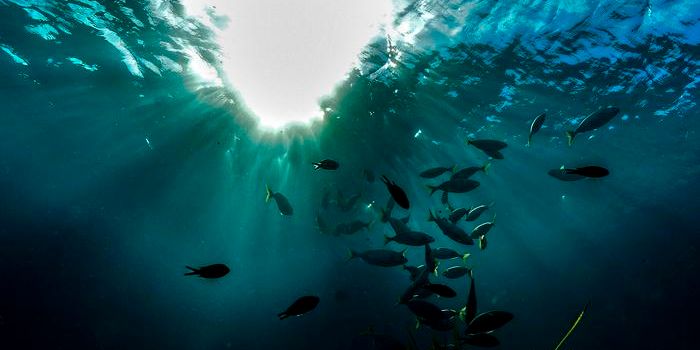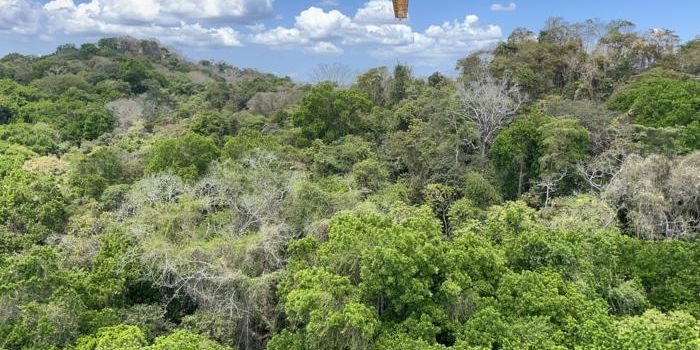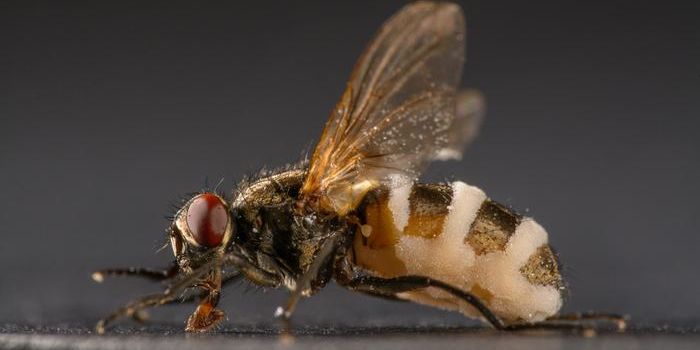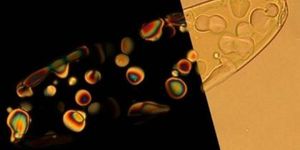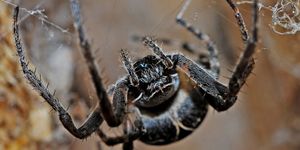Stingrays Found to Chew Their Food Before Swallowing
It’s long been thought that mammals are the only kinds of animals that even bother to chew their food starting in the mouth. Many other kinds of animals typically swallow their food whole, where some kind of pulverization process happens in the throat or stomach.
On the other hand, a new study published in the Proceedings of the Royal Society B reveals that stingrays, a non-mammalian animal, may actually chew their food too, just in a different way.

Image Credit: Jerry Morse Photographics
When we think of chewing, we usually thing of teeth crushing the substance being eaten, but that’s not all chewing is. In ways, chewing can also be characterized as tearing and grinding the food, especially in the case of animals with flatter teeth.
In the realm of stingrays, it seems these methods of chewing are more common. They have very flat and wide bodies that can be used to cover their prey, and then after using suction to scoop the food into their mouth, they use grinding methods to pulverize anything they manage to snag into their mouth.
I was fascinated by how animals with pliable skeletons can crush hard prey,” says Matthew Kolmann, the lead author of the study and a biologist at University of Toronto at Scarborough. “And then I heard about these Amazon stingrays—the only one of the sharks or rays to feed on insects. How weird is that?”
Stingrays are almost completely cartilage, so there’s no skeleton-based jaw to help them chew like we have. As a result, the chewing is performed by jaws of nearly pure muscle and cartilage, which tears the food to shreds.
Moreover, the study focused on a type of stingray that feeds on soft fish, insects, and shrimp. Insects are essentially encased in a shell of chitin, rather than having any kind of skeleton. The grinding and tearing effects would be very effective for gnawing through chitin, as it has a high resistance to crushing.
Once in the mouth, the upper and lower jaws can move independently of one another and the food inside gets shredded up while in the middle of all the asymmetrical movement between them.
Although some would argue that this isn’t really called “chewing,” the idea here is that stingrays have been observed using their jaws to pulverize what they catch, which isn’t typically seen in animals besides mammals.
“Processes that can be considered as types of chewing form this wide messy gradient that extends across the vertebrate tree of life,” says Kolmann.
Source: National Geographic


